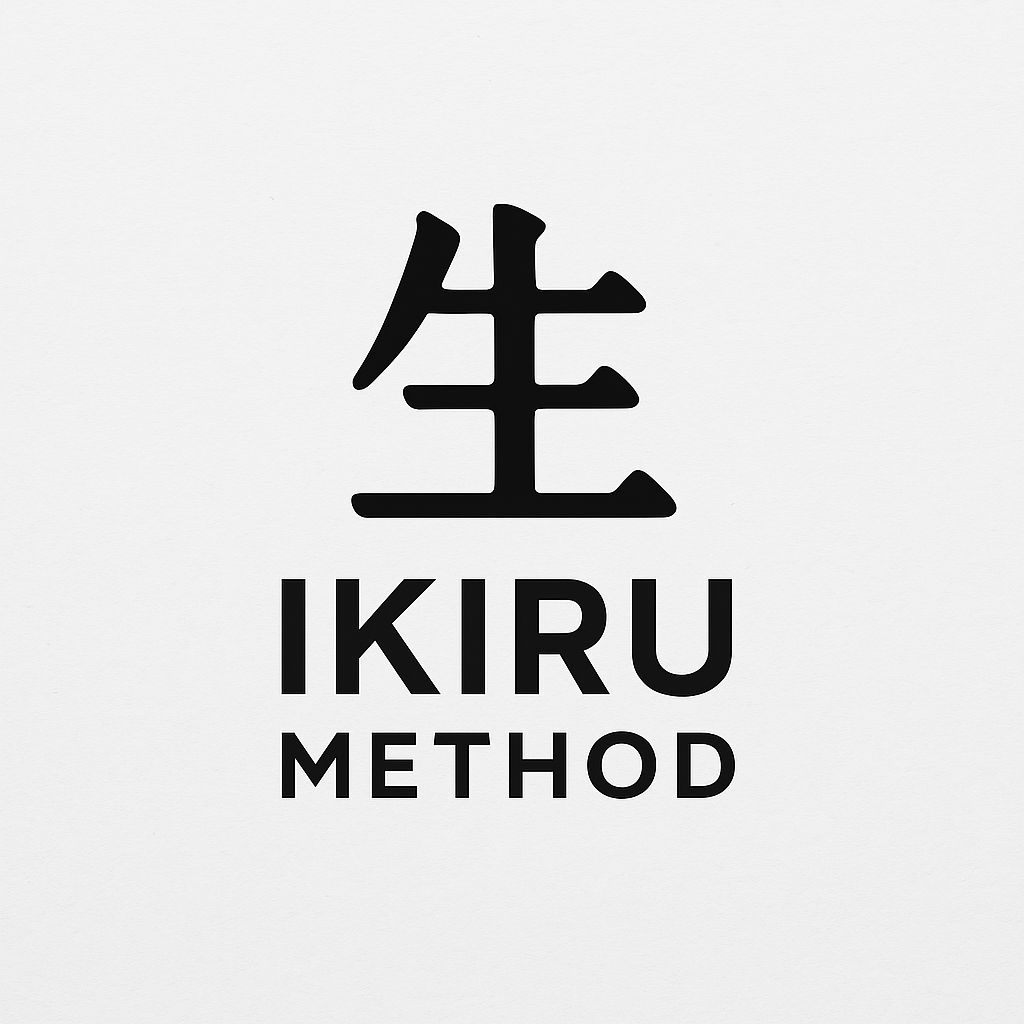Why BJJ Athletes Need to Train Rotational Strength
Jiu-jitsu is a rotational sport
In jiu-jitsu the strength is transfer to move, twist, and control force through different planes, especially under pressure.
And the reality is every roll is packed with rotational movement:
Hip switches when shrimping or escaping mount
Explosive turns during scrambles
Torque generation when finishing armbars, kimuras, or leg locks
Core rotation to stay tight in transitions or resist being flattened
If your body can’t produce and resist force through rotation, you’re leaving performance and injury prevention on the table.
The Benefits of Training Rotational Strength for BJJ:
More powerful takedowns and sweeps
Better spine control during scrambles
Improved guard retention and inversion ability
Injury resilience for lower back, hips, and knees
Stronger submissions and transitions under dynamic stress
How to Train It:
Controlled rotational lifts: Landmine rotations, cable twists, med ball throws
Isometric anti-rotation work: Paloff press, banded holds
Dynamic core drills: Russian twists, side planks with reach, Turkish get-ups
Rotational carry variations: Off-center farmer walks, sandbag carries
Linear strength (like squats and bench) matters — but it’s not enough
If you want to stay healthy and explosive on the mats, rotational strength training it is essential.



